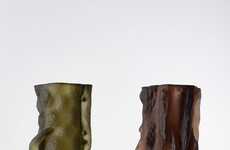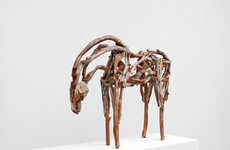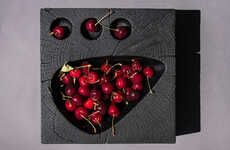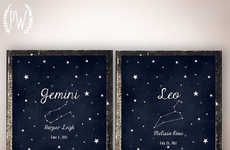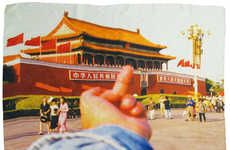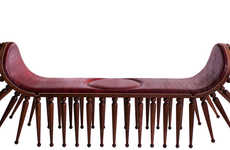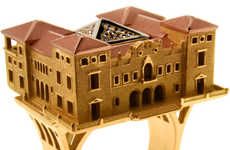
Sukhi Barber Interprets Buddhist Philosophy with Bronze Casting
Deborah Kim — August 15, 2011 — Art & Design
References: sukhibarber & thisiscolossal
UK-based artist Sukhi Barber is the creator behind these slivered bronze cast sculptures. Barber spend twelve years in Nepal closely studying Buddhist philosophy while developing her artistic skills in bronze casting. She eventually returned back to the UK to put her newly found artistic skills to use on these sculptures.
Sukhi Barber uses her artwork as a bridge between Western and Eastern culture. The Buddhist practice employs the use of peace and Barber uses this to create a compositional balance to make devotional art that represents both complex philosophical ideas. Barber’s work explores the use of negative space and her slivered sculptures stress the importance of negative space almost as if the space itself is material. The sculptures by Sukhi Barber would also make an excellent zen-like room decoration.
Sukhi Barber uses her artwork as a bridge between Western and Eastern culture. The Buddhist practice employs the use of peace and Barber uses this to create a compositional balance to make devotional art that represents both complex philosophical ideas. Barber’s work explores the use of negative space and her slivered sculptures stress the importance of negative space almost as if the space itself is material. The sculptures by Sukhi Barber would also make an excellent zen-like room decoration.
Trend Themes
1. Bronze Casting - The use of bronze casting in the art industry provides opportunities for unique and innovative sculptures.
2. Bridging Cultures - Creating artwork that bridges Western and Eastern culture offers new perspectives and engages diverse audiences.
3. Exploring Negative Space - Emphasizing the importance of negative space in sculptures opens up possibilities for unconventional and thought-provoking art forms.
Industry Implications
1. Art - The art industry can benefit from incorporating bronze casting techniques to create visually captivating and conceptually rich sculptures.
2. Cultural Exchange - Industries focused on promoting cultural understanding can utilize artwork that bridges Western and Eastern culture to foster dialogue and appreciation.
3. Interior Design - The interior design industry can explore the use of slivered sculptures with a focus on negative space to enhance zen-like environments and create unique room decorations.
3.5
Score
Popularity
Activity
Freshness


